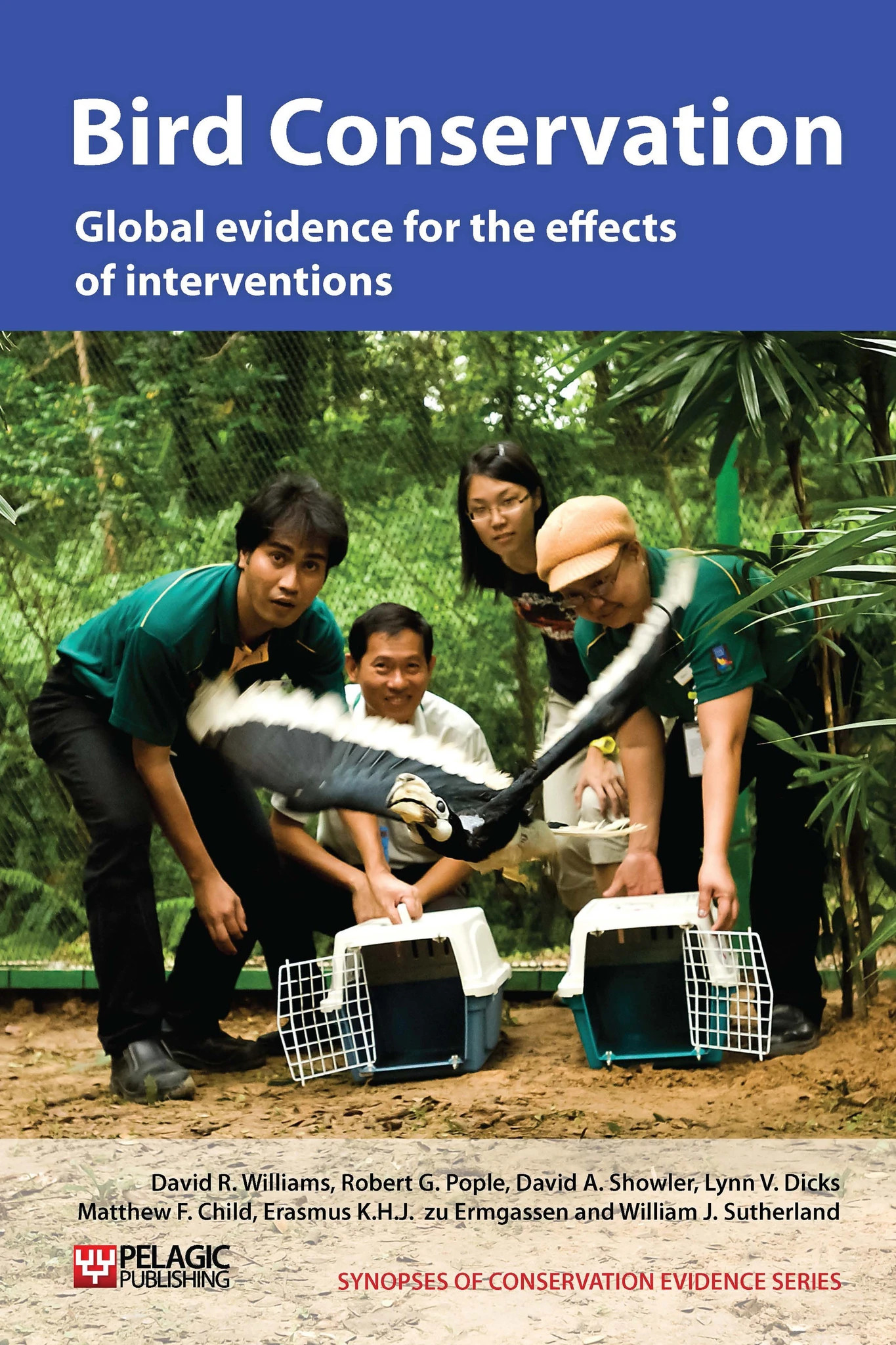Use buffer zones to reduce the impact of invasive plant control
-
Overall effectiveness category Unknown effectiveness (limited evidence)
-
Number of studies: 1
View assessment score
Hide assessment score
How is the evidence assessed?
-
Effectiveness
40% -
Certainty
10% -
Harms
0%
Study locations
Supporting evidence from individual studies
A study from March-July in 1988 in one wetland area in Florida, USA (Rodgers 1998), found that creating ‘no-spray’ buffer zones extending 68 m around the perimeter of kite colonies and 23-46 m around individual nests resulted in none of the 19 snail kite nests monitored being adversely affected by an aquatic plant control program: nests averaged 0.73 fledglings/nest and no nests collapsed. This fledging rate was similar to the overall rate of 0.74 fledglings/nest recorded in other regions of Lake Okeechobee during 1987–1993. Buffer zones were used in the breeding season, whilst water hyacinth Eichhornia crassipes and water lettuce Pistia stratiotes control measures were ongoing. The initiative was expanded to other lakes supporting kite nests in March 1989.
Study and other actions tested
Where has this evidence come from?
List of journals searched by synopsis
All the journals searched for all synopses
This Action forms part of the Action Synopsis:
Bird Conservation
Bird Conservation - Published 2013
Bird Synopsis





)_2023.JPG)














